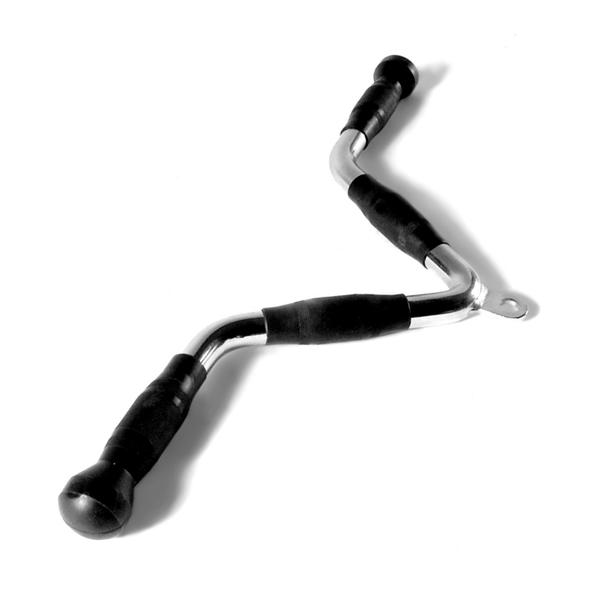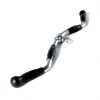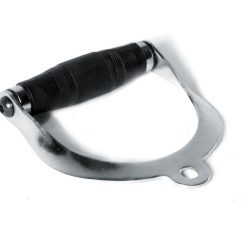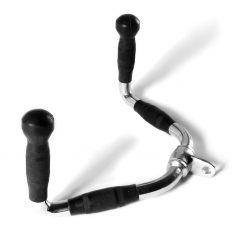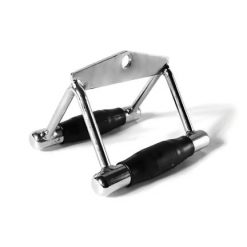Jordan EZ Cable Curl Bar
More bicep shredding attachments for your DAP or functional trainer! The EZ Cable Curl Bar improves on the traditional cable curl bar with acuter angles and more precise movements. After all, those guns aren’t going to pump themselves…
More bicep shredding attachments for your DAP or functional trainer! The EZ Cable Curl Bar improves on the traditional cable curl bar with acuter angles and more precise movements. After all, those guns aren’t going to pump themselves…
Brand
Jordan
Jordan are functional fitness experts
For more than 25 years Jordan have been the leading authority on the design, manufacture and supply of quality commercial functional fitness equipment in the UK and now internationally. Here at Gym Marine Yachts & Interiors, we recommend many of their products to our gym design clients. It is often functional gym equipment that will leave your home or superyacht gym feeling complete and the Jordan products are perfect.
Product Question
Please contact us for international shipping options. We’re able to ship most of our products worldwide.


